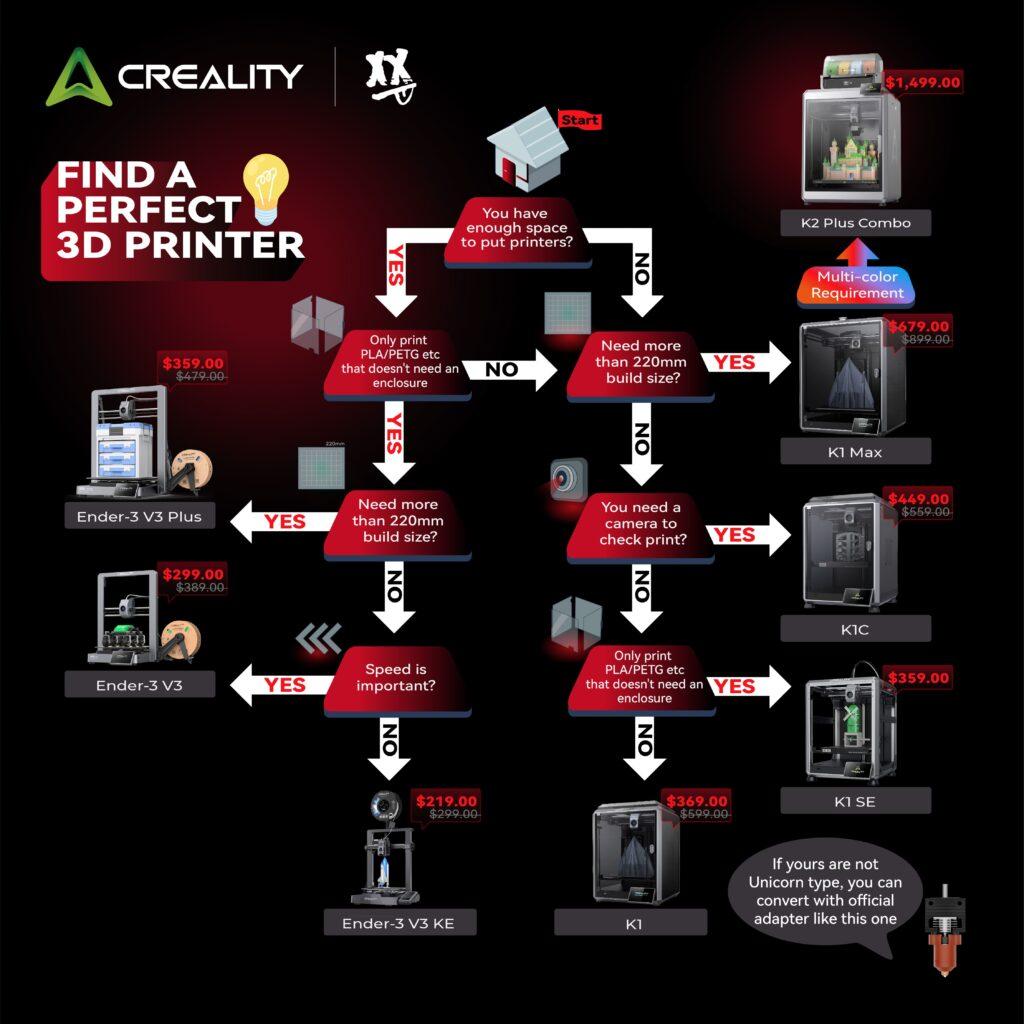Imagine Holding Your Idea in Hours
Learn how 3D printing can transform your business with faster prototyping, reduced costs, custom solutions, and eco-friendly practices. This comprehensive guide explores the tools, technologies, and trends driving the future of additive manufacturing.
Welcome to the Age of 3D Printing
Imagine this: you’ve just dreamed up a groundbreaking product idea. Within hours, you’ve designed it on your computer, sent it to a 3D printer, and held a fully formed prototype in your hands. A few years ago, this might have seemed like the stuff of science fiction. Today, it’s an everyday reality—a process made possible by 3D printing, a technology transforming the way businesses think, operate, and grow.
3D printing, also called additive manufacturing, builds objects layer by layer instead of carving or cutting them out of larger materials. This shift in how things are made is reshaping industries, unlocking creative potential, and helping businesses work faster and smarter. What once took weeks or months can now be achieved in hours or days. Waste is reduced, and ideas that were once out of reach are now within grasp.
In this guide, we’ll explore how this revolutionary technology can transform your business from rapid prototyping to on-demand production, sustainability, and customization. Whether you’re a bold entrepreneur eager to disrupt the market or a business owner searching for innovative solutions, 3D printing is a tool you can’t afford to ignore.
The Basics: What Makes 3D Printing a Game-Changer?
At its heart, 3D printing is about possibility. Unlike traditional manufacturing, where objects are shaped by carving, machining, or assembling pre-made parts, 3D printing constructs products one layer at a time. Think of it as building something from the ground up, almost like stacking tiny bricks. But instead of bricks, it uses raw materials like plastic, metal, or biodegradable compounds.
This additive process doesn’t just save time—it also saves resources. Traditional methods often produce excess waste by cutting away large portions of raw material, but 3D printing only uses what’s necessary. For businesses, this means reduced costs and more efficient production, especially when dealing with expensive materials like titanium or carbon fiber.
Beyond efficiency, 3D printing opens the door to creativity. Complex, intricate designs that were once impossible to manufacture—think of organic curves or intricate lattices—can now be produced with ease. For example, a small electronics company struggling with tight deadlines switched to 3D printing for prototyping. What once took weeks was accomplished in a matter of hours, giving them the freedom to experiment with bold ideas without worrying about wasted time or resources.
This shift isn’t just about making things faster or cheaper; it’s about transforming what’s possible. Businesses that embrace 3D printing often find themselves rethinking how they approach design, production, and even customer relationships.
Rapid Prototyping: Turning Ideas into Reality
Bringing an idea to life is one of the most exciting parts of innovation—but it’s also one of the most challenging. In traditional manufacturing, prototyping can be painfully slow. A design is sent to production, tools are created, materials are shaped, and weeks later, you finally have a prototype. If changes are needed, the process starts over, costing even more time and money.
3D printing flips this process on its head. With digital design tools and a 3D printer, businesses can turn an idea into a physical object in just a few hours. The process is simple yet groundbreaking: design your product using software, “slice” the model into printable layers, and hit print. Need changes? Adjust the design file and reprint.
Take the story of a startup creating wearable technology. Using traditional prototyping methods, they would have spent weeks producing a single version of their product. But with 3D printing, they could produce multiple iterations in a single day, testing and refining each design until they found the perfect fit. This ability to experiment quickly not only saved time but fostered an environment where creativity and bold ideas thrived.
This kind of rapid prototyping isn’t just a technical advantage; it’s a cultural shift. Businesses that can move faster are better equipped to innovate, adapt, and outpace competitors.
Cost Savings: Efficiency That Adds Up
Manufacturing has always been expensive. Between specialized tools, labor-intensive processes, and wasted materials, the costs can quickly spiral out of control. For many industries, these expenses are a necessary burden—but 3D printing is changing that.
One of the biggest cost advantages of 3D printing is its efficiency. Unlike traditional manufacturing, which often requires molds, dies, and tooling, 3D printing allows you to create products directly from a digital file. This eliminates the need for costly setup processes, making it especially valuable for businesses producing small batches or custom parts.
Another game-changer is waste reduction. In traditional manufacturing, materials like titanium or carbon fiber are often carved or machined into shape, with up to 80% of the material discarded. With 3D printing, that waste is virtually eliminated. For example, an aerospace company using 3D printing to create lightweight parts for aircraft saved millions of dollars in material costs while adopting a more sustainable approach to production.
For businesses, these cost savings aren’t just a bonus—they’re a strategic advantage. Lower costs mean greater flexibility to experiment, innovate, and invest in what truly matters: building a competitive edge.
Customization: Tailoring Products to Every Need
In a world where personalization drives consumer demand, 3D printing has emerged as a powerful tool for customization. Unlike traditional manufacturing, where creating a unique product often requires expensive retooling, 3D printing can produce one-of-a-kind items without any additional cost or effort.
The healthcare industry offers some of the most compelling examples of this technology in action. Surgeons are now using 3D-printed models of organs to plan complex surgeries with greater precision, reducing risks and improving patient outcomes. Custom medical implants, tailored to fit a specific patient’s anatomy, are also becoming increasingly common.
Outside of healthcare, the possibilities are just as exciting. Fashion designers are using 3D printing to create bespoke jewelry and garments that push creative boundaries, while tech companies are producing custom-fit earbuds designed for maximum comfort. One furniture company even uses 3D printing to craft chairs that are perfectly contoured to a buyer’s body.
Customization isn’t just about offering unique products; it’s about creating deeper connections with customers. When a product feels personal—designed just for them—it fosters loyalty and sets businesses apart in a crowded market.
Sustainability: A Greener Future
As environmental concerns continue to grow, businesses are under increasing pressure to adopt sustainable practices. Traditional manufacturing methods often create significant waste and rely on resource-intensive processes, but 3D printing offers a greener alternative.
By using only the material necessary to build an object, 3D printing significantly reduces waste. This makes it particularly appealing for industries that work with expensive or scarce resources, like aerospace or healthcare. Some companies are even going a step further, using recycled or biodegradable materials to create 3D-printed products.
One innovative example is a furniture company producing chairs and tables from 3D-printed parts made entirely of recycled plastics. Another exciting development is the use of bioplastics—materials that break down naturally over time—allowing businesses to minimize their environmental impact.
Decentralized production is another major advantage. With 3D printers located closer to where products are needed, businesses can reduce shipping emissions and streamline their supply chains. This approach not only helps the planet but resonates with eco-conscious consumers who increasingly prioritize sustainability when making purchasing decisions.
The Future of 3D Printing: Building Tomorrow Layer by Layer
The story of 3D printing is still being written. As technology continues to evolve, new possibilities are emerging that could reshape entire industries. One of the most exciting frontiers is bioprinting—the ability to print human tissue and even organs. While still in its infancy, this technology could revolutionize medicine, opening the door to life-saving treatments.
Hybrid manufacturing, which combines traditional methods with 3D printing, is another promising trend. This approach leverages the strengths of both systems to create parts that are both complex and durable. At the same time, advancements in AI-driven design are allowing businesses to optimize their products in ways that were previously unimaginable.
Costs are also dropping, making 3D printing more accessible to businesses of all sizes. As printers become faster, materials more diverse, and software more intuitive, the barriers to entry are disappearing.
The future isn’t just about making things differently—it’s about thinking differently. 3D printing challenges us to rethink what’s possible, embracing creativity, sustainability, and innovation.
A Revolution You Can Join
3D printing is more than just a tool—it’s a mindset. It’s about breaking free from limitations, pushing boundaries, and embracing a future where businesses operate smarter, faster, and more sustainable. Whether you’re looking to cut costs, create custom products, or reduce your environmental footprint, 3D printing offers an unparalleled opportunity to transform your business.



